English Dub Season Review: Kengan Ashura Season One Part Two
Overview
The insane, bone-shattering violence of the Kengan Annihilation Tournament continues.
Our Take
Picking up right where it left off, Kengan Ashura jumps straight into the next match of the tournament. The battles continue in mostly the same fashion as they did before; about one match per episode, and a couple of two-parters at the end where things get particularly intense.
I found most of the fights to be fairly entertaining, with most of the match-ups being even and having no clear victors, which lends a lot of tension. The show kicks off with a fight between a sumo wrestler and a professional wrestler, and the contrast felt compelling if ultimately a little silly. There’s also a combatant who’s actually a death row inmate that the Japanese government has sent to participate in the tournament as a means of carrying out his execution, which is pretty clever.
The second part focuses on the individual matches so much that you’d almost forget this show actually has main characters. Ohma, Yamashita, and Kaede were often spliced in between the action in the first part, usually just making a commentary from the stands. But in part two, they’re mostly gone from that role, and Kaede has been left out almost completely. Ohma and Yamashita get a couple of scenes throughout the first few episodes of part two before they’re brought back in right at the end in full force to wrap up their storylines.
Yamashita’s situation with his son gets consolidated into Ohma’s match, which finishes with a cliche display of courage and fatherhood.
Ohma’s story contains a lot more thought and deliberation, mostly him butting heads with his former master existing as a memory figment in his mind. This gives his story a sort of old-fashioned martial arts, inner vs outer turmoil vibe. This is neat on paper, but in practice, it feels very repetitive, as Ohma comes away from most of these scenes learning nothing. He’s ultimately still just a stubborn punk who only wants to beat strong opponents, even if it costs him his life. But in the end, he did appear to have maybe learned something in his final match, to rely more on his own combat experience rather than only relying on pure techniques.
None of the resolutions felt like important values were learned, but more like convenient means to end a show very quickly. It does end just like that, right in the middle of the tournament, with the last scene alluding to future fights that they don’t show. There’s clearly more story from the manga, but they obviously ran out of time and decided to end it right here so they could finish focusing on the protagonists. Time will tell if another season comes to pass.
As they had a lot of fights they wanted to cover, the flow of battles has become more refined. In the first half of the show, fights were often punctuated by lengthy bouts of exposition, usual cutaways to flashbacks or technical explanations. Here in the second half, the expository dialogue has been shortened and inserted into the action more cleanly, leaving more room for actual fights.
While this makes the fights move smoother, it does feel like a bit of artistry was lost. The flashbacks were done with clean dynamic illustrations, and the technical explanations were done in a rough sketch style of animation. These two very well done forms of 2D animation provided a nice contrast to the heavy use of 3D in the bulk of the show, and it was always pleasant when they popped up, even if they interrupted a fight. I feel like a better balance might’ve been struck between the different types of scenes, but in a martial arts show, it’s probably better to fall back on the action.
The 3D animation in the show is probably some of the best I’ve seen in anime so far. The use of 3D in anime is usually derided by most fans, and that’s probably rightly so because a lot of it is really clunky and obvious. But here, a lot of effort has clearly been put in.
Good cel-shading is an important part of getting a competent 3D anime, but the secret ingredient is in the lighting of each shot. Kengan Ashura shows a lot of skill in both of those in its fight sequences, which is where the effort should be going. In most of the fight scenes, the characters’ models are shaded very well to achieve a consistent 2D look and are also each dynamically lit in an appropriate way to maintain that look. It’s all also delivered at a very fast pace, which helps sell the strength and impact of each blow but also probably serves to hide some blemishes.
While the 3D is pretty good, it’s also far from perfect. There are a few shots throughout that feel incomplete, which results in animation that looks gross and sluggish. Some characters’ models have way too many moving parts on them at times, usually some messy hairstyle. Most of the time, they didn’t bother animating all these parts, which resulted in some characters moving around with oddly shaped masses on their bodies.
There’s also a handful of traditional 2D animated scenes throughout the series. Most of these 2D scenes contain side characters who they probably decided it was too much trouble to make 3D models for. The 2D animation starts pretty competent, maintaining the style of the 3D designs, and actually blends into the 3D fairly well. However, the quality of the 2D animation quickly drops right at the end of the series. This not only looks bad by itself, but there are a few scenes where they put the 2D and 3D right next to each other, and the poor quality of the 2D makes the contrast particularly gross.
Despite a bunch of stylistic hiccups, I think the end product is pretty well done. I feel like there were a few small strides made here in the execution of 3D anime, and other studios take some notes. It’s ultimately still a show about martial arts muscle men punching each other for blood money, and if that’s your jam, Kengan Ashura has got you well covered.

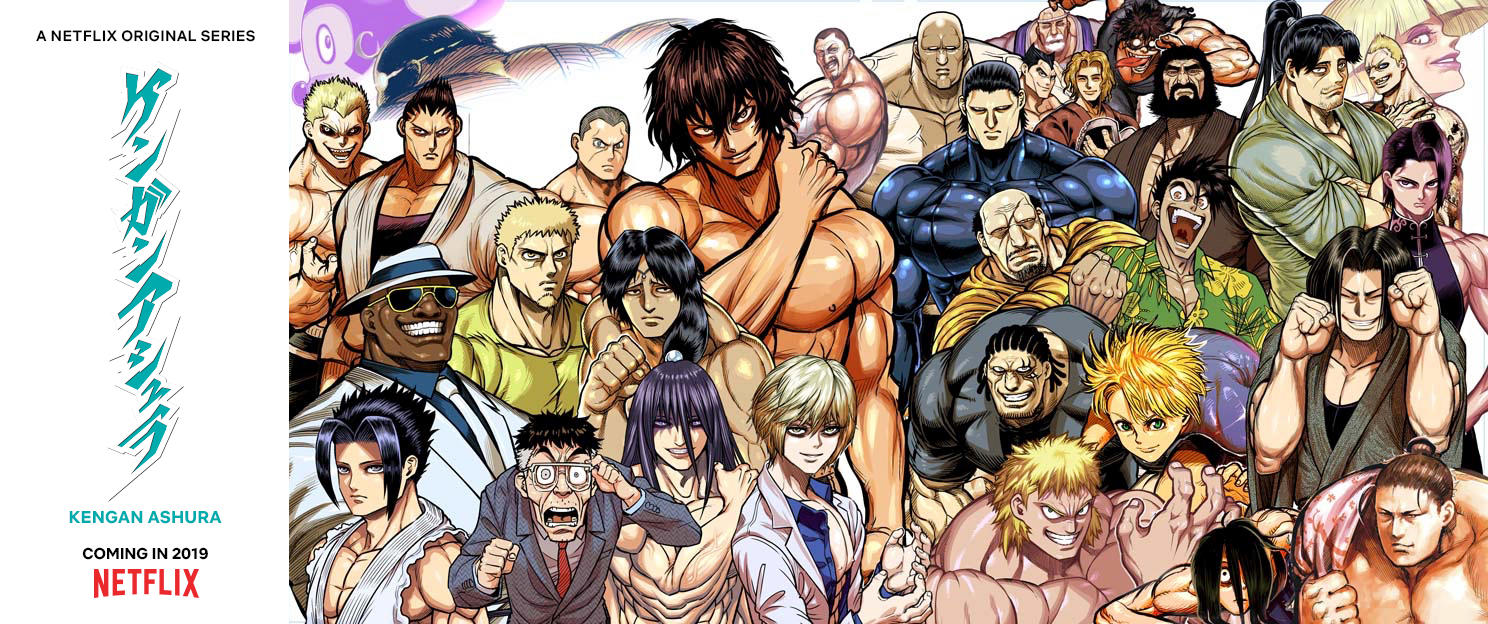
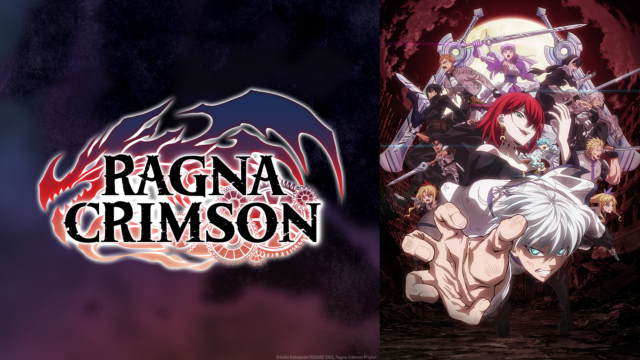

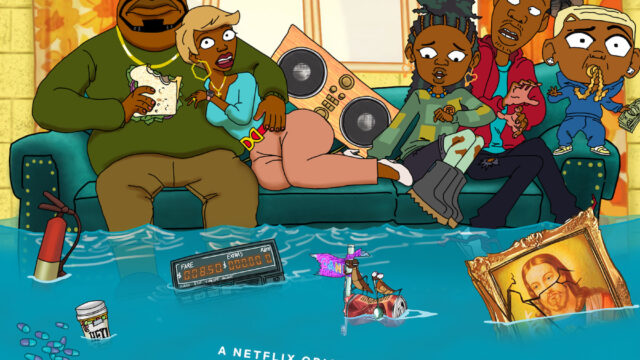
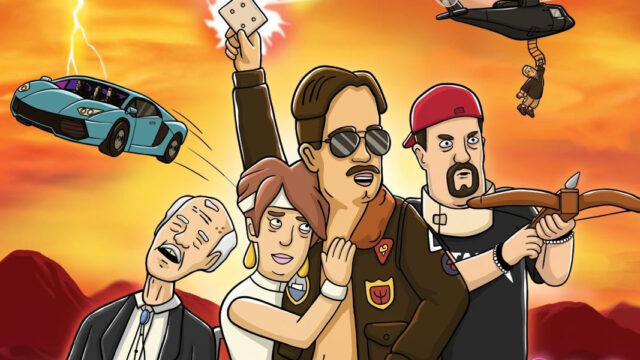

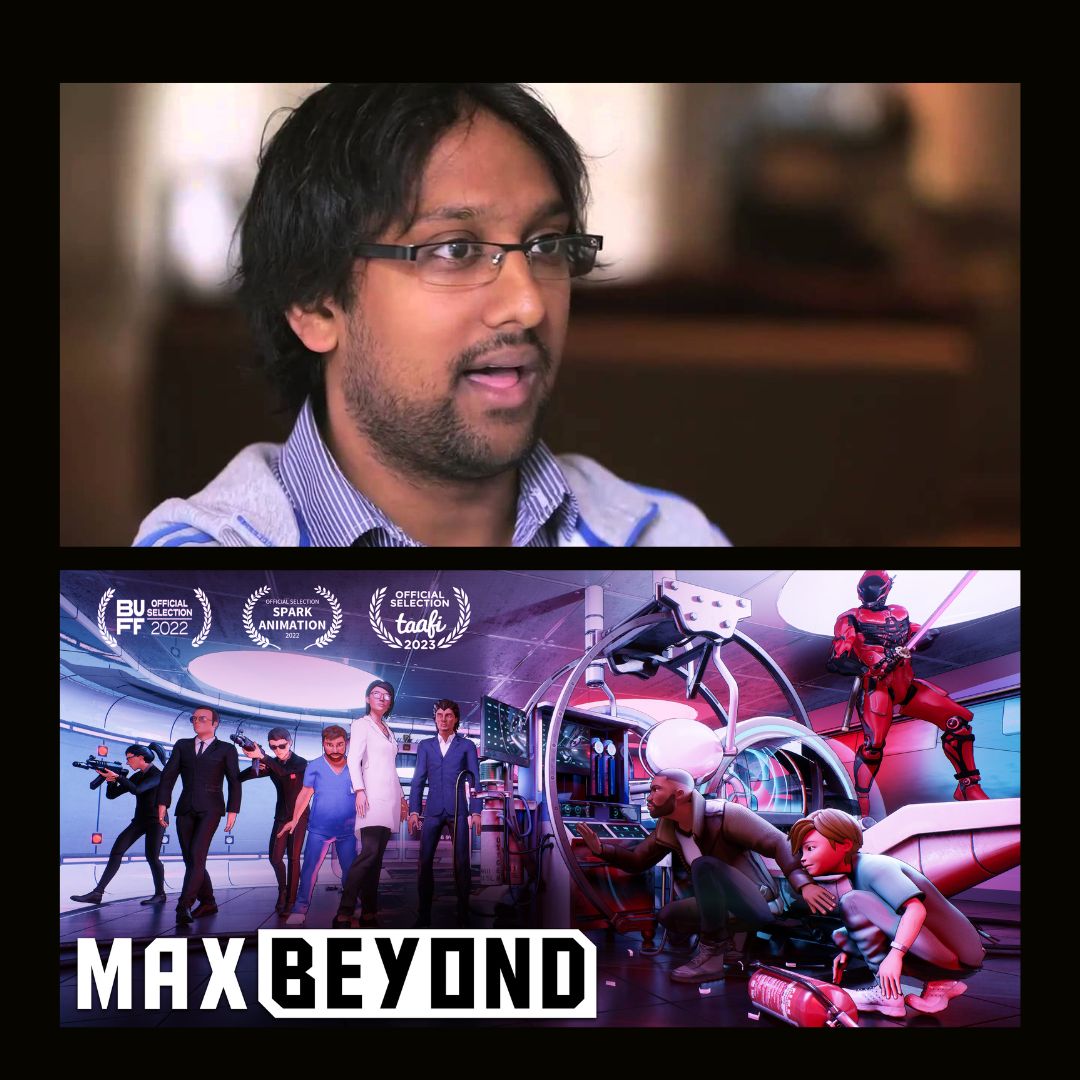



















Hi Ashley, thank you so much for reading and we love the feedback. Note that on that day we had 14th posts go up and only ten posts show on the front page, so it's possible the preview had already been archived by the time you got to it. One recommendation would be to add our RSS feed to your favorite news aggregator service like Feedly, this way you get all of the latest posts!